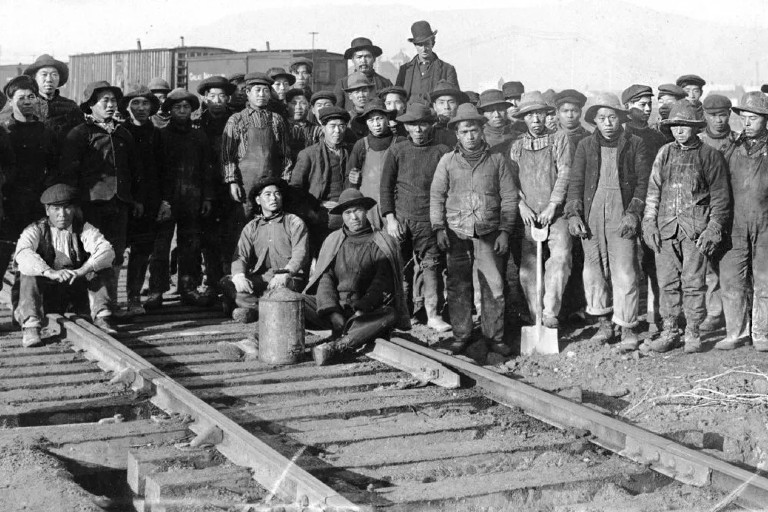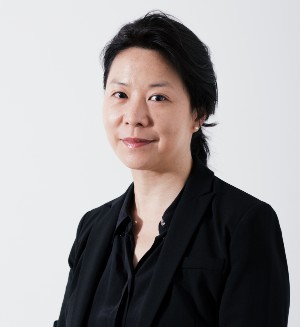A call to act for change
A national remembrance event took place on June 23 in the Canadian Senate, hosted by senators Yuen Pau Woo, Victor Oh and members of the Action! Chinese Canadians Together foundation. The event included speeches, poetry readings, performances and the unveiling of a plaque.
However, as Jim explains, and as evidenced by reactions to current allegations of Chinese interference in Canada, it's important to remain vigilant and keep the conversation going.
"This gives support to ongoing anti-Asian hate awareness campaigns," she says. "The ACCT is very active in trying to educate people about the history of anti-Asian racism in Canada and to eliminate these historical erasures as one path towards reconciliation and healing.
Lesser-known histories in Canadian art
In her own work, Jim is interested in exploring the contributions of racialized communities to Canadian art throughout its history. Her 2007 Vancouver exhibition Redress Express explored the head-tax issue, bringing artists and activists such as Sid Tan and Karen Tam together.
Jim also founded the journal Asian Diasporic Visual Cultures and the Americas, and she is currently working on a book on Canadian artists of colour who engage with a different group of sevens. “It involves important dates in Canada’s immigration history that have had a significant impact on not only visible minority immigrants but also relations between people of colour and Indigenous communities on whose unceded territories these struggles have taken place historically to present day,” she explains.
The centenary of the Chinese Exclusion Act should be seen in the larger context of structural discrimination against racialized peoples that affects everyone, Jim believes. “And yet, we know so little about the exclusion years, or the Komagata Maru or the Japanese Canadian internment, for that matter.”
"I think that the racial reckoning that has been amplified by the efforts of Black Lives Matter and the murder of George Floyd, and the upsurge of white supremacy and anti-Asian hate during COVID-19 has made us intensely aware that there's an urgent imperative to work toward a more just society — and for that to happen we have to be much more aware of our past. We should be provoked into wanting to act, and now is a good time to be having these conversations."
Find out more about Concordia’s Department of Art History.


 Nearly four decades after 17,000 Chinese labourers worked in perilous conditions on the Canadian Pacific Railway, the Government of Canada passed the Chinese Immigration Act. | Image D-07548 courtesy of the Royal BC Museum
Nearly four decades after 17,000 Chinese labourers worked in perilous conditions on the Canadian Pacific Railway, the Government of Canada passed the Chinese Immigration Act. | Image D-07548 courtesy of the Royal BC Museum
 Alice Ming Wai Jim
Alice Ming Wai Jim